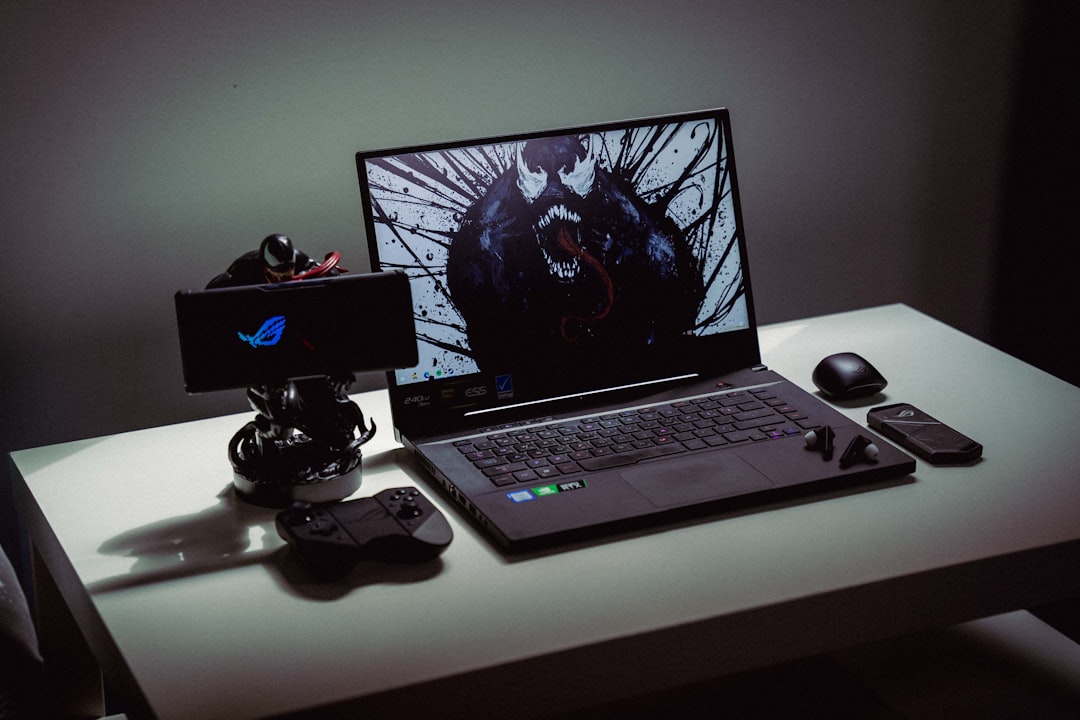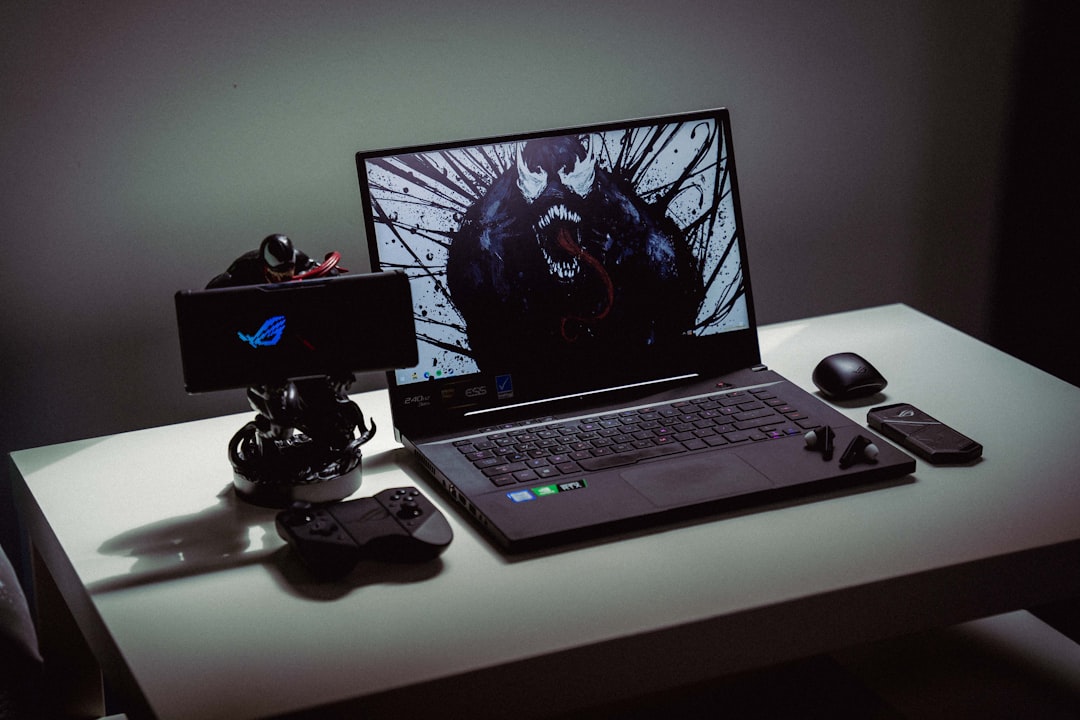Virtual Reality (VR) gaming has evolved from a niche pastime into a mainstream form of immersive entertainment. With a growing catalog of AAA titles, simulation experiences, and social platforms, serious gamers are increasingly investing in VR-capable hardware. But one critical question remains: Should you choose a gaming laptop or a desktop for VR gaming? The choice depends on many factors including performance, price, upgradability, and portability. In this article, we’ll dissect the strengths and weaknesses of both platforms to help you make the most informed decision.
Performance: The Power Factor
When it comes to VR, performance is not just about high frame rates or graphics. Smooth gameplay, low latency, and rendering consistency are vital to prevent motion sickness and ensure immersion.
Desktop Performance
Desktops are typically superior in raw performance. Equipped with full-sized GPUs, faster CPUs, and better thermal management, desktops can handle the high demands of VR with ease. Especially with cutting-edge headsets like the Valve Index or Meta Quest Pro (when tethered via Link), a desktop provides the horsepower required for top-tier VR experiences.
- Graphics Card (GPU): Desktops can house high-end cards like the NVIDIA GeForce RTX 4080 and 4090, which offer superior ray tracing and DLSS capabilities.
- Cooling and Thermal Management: Desktops allow for larger fans, liquid cooling setups, and better airflow, maintaining performance over long sessions without throttling.
- Multi-Monitor and Peripheral Support: You can easily connect multiple monitors, additional USB devices, and external storage which enhances overall VR utility.
Laptop Performance
Gaming laptops have come a long way. High-performance models now include mobile variants of desktop GPUs and CPUs that are VR-ready. However, they generally lag behind desktops of the same price range.
- Thermal Throttling: Limited space means heat dispersal is harder in laptops, often resulting in throttled performance during prolonged gameplay.
- Reduced PCIe Bandwidth: Some high-performance VR setups require full PCIe x16 bandwidths, which are usually available only in desktops.
- Battery Dependency: Laptops can technically run on battery power, but VR gaming demands plugged-in operation for full performance, limiting the perceived portability.
In conclusion, if maximum performance is your priority, desktops are the clear winner.

Upgradability and Longevity
VR gaming hardware sees rapid innovation. To stay compatible with the latest headsets and games, frequent upgrades can become essential.
Desktop Flexibility
Desktops are future-proof by design. You can swap out GPUs, add RAM, upgrade your cooling system, or even replace the motherboard.
- Component Swapping: Replace a GPU when a new generation launches without changing the entire system.
- Custom Builds: Build a system tailored to VR, with optimized components and connections (e.g., additional USB 3.0 ports for multiple sensors).
- Cost-Effective Upgrades: You can upgrade individual parts over time, spreading the cost instead of paying upfront for a new machine.
Laptop Limitations
Laptops tend to be sealed systems. While some models allow for extra SSD storage or RAM upgrades, replacing the GPU or CPU is typically impossible.
- Non-Modular Design: Integral components mean fewer hardware customization options.
- Rapid Obsolescence: A high-end laptop today might struggle with next-gen VR content within 2–3 years.
Therefore, if you are looking for long-term value and upgradability, desktops are more suitable.
Portability: The VR on the Go
One of the key selling points of laptops is their portability. Gamers who move frequently or want to game in different locations often weigh this factor heavily.
Advantages of Gaming Laptops
- All-in-One Form Factor: Easy to carry and set up, with screen, keyboard, and trackpad integrated.
- Mobile VR: Can be paired with mobile VR headsets or used in different rooms for location-based experiences.
- Perfect for Smaller Homes: Compact spaces may not allow a tower desktop and multiple peripherals.
For users who value mobility alongside gaming, especially those traveling for esports events or frequent LAN parties, gaming laptops shine as a viable VR platform.
Desktops Stay Put
Desktops are not designed to be mobile. Heavy cases, external monitors, and numerous cables make them a poor choice if portability is needed.
While they offer the highest VR performance, they are best suited to *dedicated gaming setups* where space isn’t a limiting factor.

Cost Comparison
For many users, budget is a critical factor. Both platforms can support VR, but the price-to-performance ratio varies.
Desktop Cost Efficiency
Though desktops may require an initial investment in components like a monitor, keyboard, and mouse, they typically offer better performance for each dollar spent.
- Custom Builds: DIY enthusiasts can build a VR-ready PC for less than a prebuilt of equal performance.
- Upgradeable: Save money in the long term by only upgrading specific components as needed.
Laptop Cost Considerations
Gaming laptops are inherently more expensive for the same specs due to miniaturization and compact engineering.
- Premium Price Tags: You’ll often pay a 20–30% premium over comparable desktop hardware.
- Shorter Lifespan: Given limited upgrade paths, you’ll likely need to buy a new machine sooner.
If budget is a concern and long-term value is important to you, a desktop is the more economical choice.
Compatibility and Connectivity
VR requires specific hardware connections. Headsets need USB 3.0 ports, HDMI/DisplayPort, and in some cases, dedicated PCIe lanes.
Desktops Offer Full Compatibility
Desktops have the space and flexibility to accommodate all necessary ports. You can also add expansion cards if you run short on connections.
Laptop Port Limitations
Many modern laptops prioritize slim designs over connectivity, removing key ports like DisplayPort or including only USB-C. This could necessitate using dongles or external docks, which may introduce latency or compatibility issues.
It is advisable to thoroughly check your laptop’s I/O before purchasing it for VR gaming.
Conclusion: Which Should You Choose?
The decision between a gaming laptop and a desktop for VR ultimately depends on your personal needs and lifestyle. Here’s a quick summary:
- Choose a Gaming Desktop if you:
- Require maximum performance and future-proofing
- Want the flexibility to upgrade components
- Have a dedicated space for gaming
- Choose a Gaming Laptop if you:
- Need VR gaming on the go
- Have limited space or live in shared accommodations
- Are comfortable with medium to high settings rather than ultra
There is no one-size-fits-all answer, but via careful consideration of your budget, mobility needs, and performance goals, you can find the ideal VR platform for your gaming lifestyle.

I’m Sophia, a front-end developer with a passion for JavaScript frameworks. I enjoy sharing tips and tricks for modern web development.
